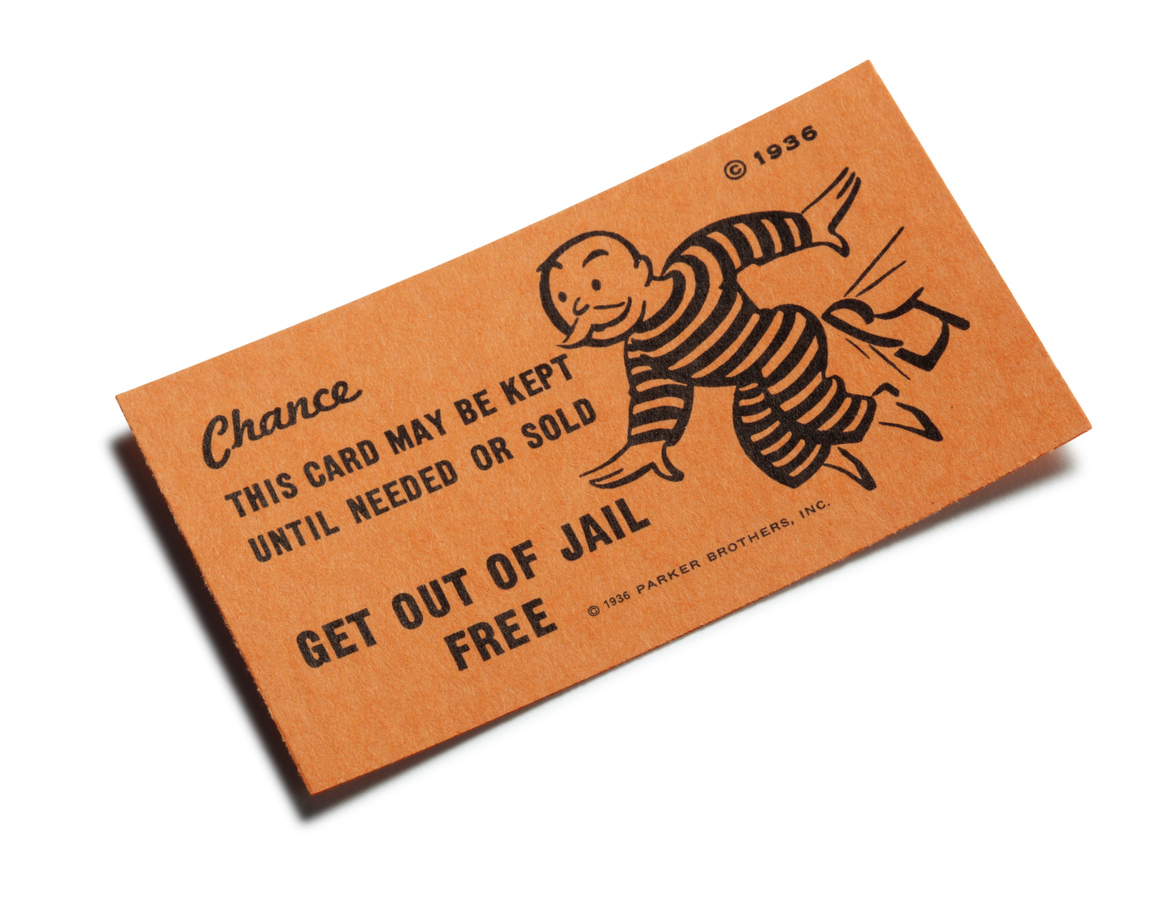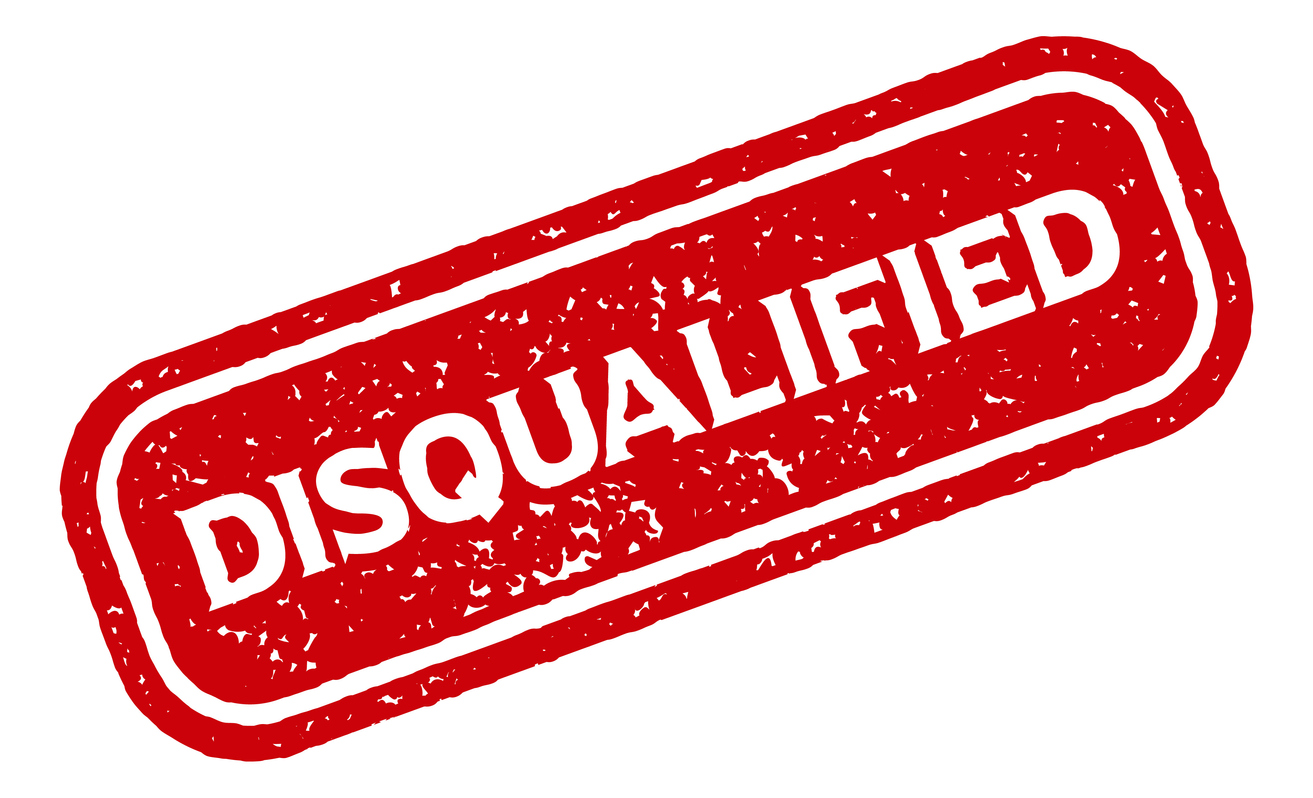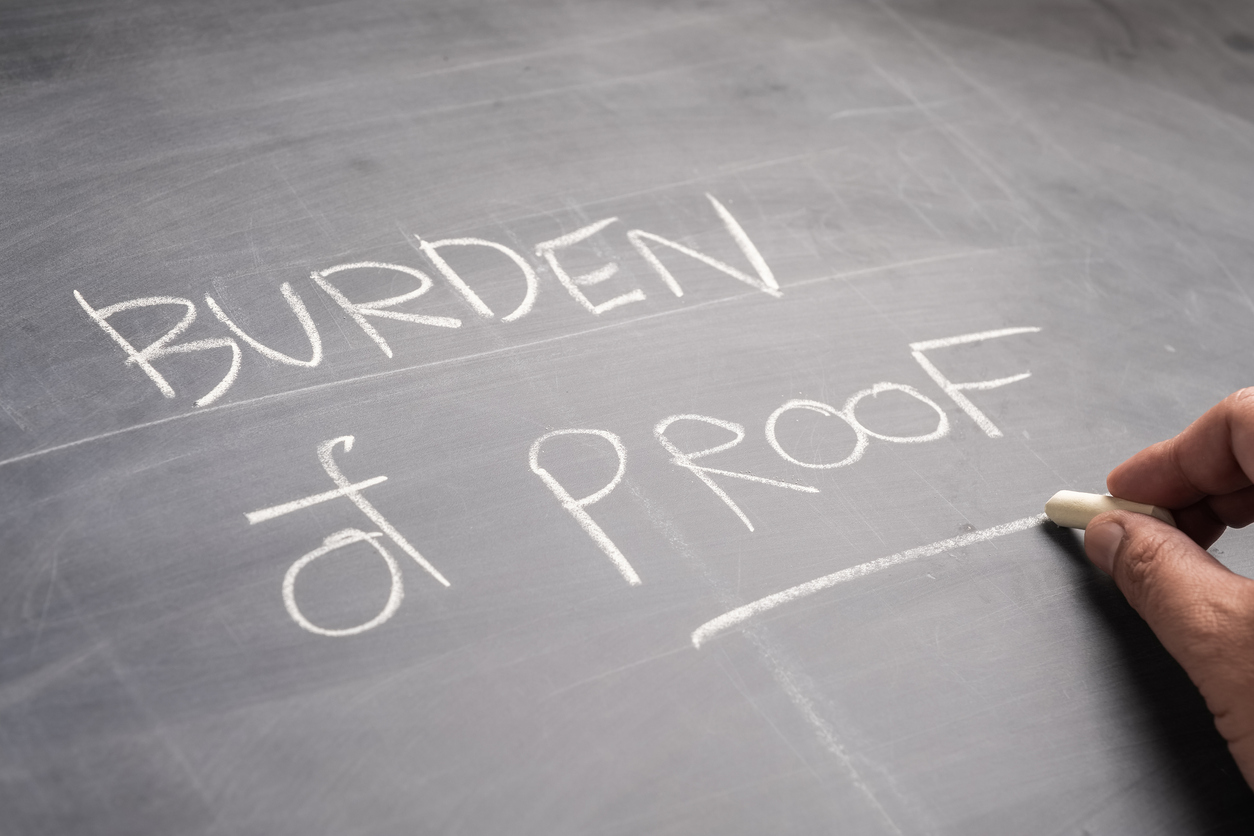During a recent mediation, my client was adamant that he was entitled to sufficient insurance money to repair his home. I informed him that his policy was an Actual Cash Value policy, rather than a Replace Cost Value policy, but my explanation was met with a blank stare. It then occurred to me that perhaps lots of people do not know the difference between the two. Therefore, I thought it might be helpful to explain how Texas courts have defined Actual Cash Value.
In St. Paul Lloyd’s Ins. Co. v. Huang, 808 S.W.2d 524 (Tex. App.—Houston [14th] 1991, writ denied.), the insured sued his insurer for failure to pay damages that were the result of a fire. Although the insured believed it was entitled to sufficient insurance funds to repair or replace everything lost or damaged in the fire, the Court pointed out that his insurance policy only provided coverage for the Actual Cash Value of his property, not the Replacement Cost Value. In its decision, the Court noted that:
[w]here the insurance contract provides the measure of damages is the actual cash value of the damaged or destroyed property, it is equivalent to a market value measure of damages.
One way Texas law quantifies fair market value measure of damages means you have to deduct depreciation from the value of your damages. Depreciation represents the normal wear and tear that a property sustains over the course of time. For example, assume you replaced your roof with a new, thirty-year roof at a cost of $30,000. Let’s also assume that you lose $1,000 in the value of your roof for every year that goes by. This loss represents the estimated normal wear and tear sustained by your roof each year. After ten years, the Actual Cash Value of the roof would only be $20,000. However, it would cost you at least $30,000 – and perhaps more – to replace it. If you only have an Actual Cash Value policy, your insurer will only owe you $20,000 for the roof if a windstorm were to destroy it after ten years. This means you will be left without sufficient funds to replace your roof, and you will have to pay the remaining amount out of pocket.
I urge all of you look over your property insurance policy and determine whether you have an Actual Cash Value policy or a Replacement Cost Value policy. If, after reviewing your policy, you realize that you have an Actual Cash Value policy, I recommend you either upgrade to a Replacement Cost Value policy (if you can reasonably afford it), or prepare yourself for the possibility of a large out of pocket expense in the event your property sustains damage as a result of a covered peril. At least you won’t be surprised when your insurer does not give you enough money to replace or repair your damaged property.



